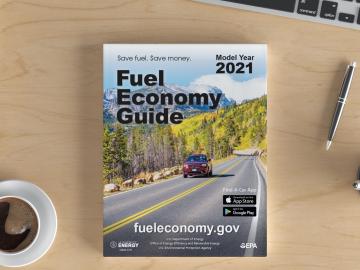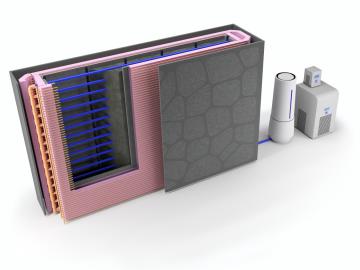
Filter News
Area of Research
- (-) Computer Science (4)
- (-) Energy Science (52)
- (-) Nuclear Science and Technology (11)
- Advanced Manufacturing (11)
- Biology and Environment (7)
- Building Technologies (1)
- Computational Biology (1)
- Computational Engineering (1)
- Fusion and Fission (2)
- Fusion Energy (7)
- Isotopes (1)
- Materials (20)
- Materials for Computing (4)
- National Security (1)
- Neutron Science (24)
- Nuclear Systems Modeling, Simulation and Validation (1)
- Supercomputing (7)
- Transportation Systems (2)
News Topics
- (-) 3-D Printing/Advanced Manufacturing (23)
- (-) Artificial Intelligence (5)
- (-) Biomedical (2)
- (-) Fusion (1)
- (-) Machine Learning (5)
- (-) Neutron Science (2)
- (-) Nuclear Energy (10)
- (-) Statistics (1)
- (-) Transportation (26)
- Advanced Reactors (4)
- Big Data (4)
- Bioenergy (2)
- Biology (2)
- Biotechnology (1)
- Buildings (13)
- Chemical Sciences (1)
- Clean Water (4)
- Composites (9)
- Computer Science (16)
- Coronavirus (2)
- Critical Materials (4)
- Energy Storage (21)
- Environment (15)
- Grid (16)
- High-Performance Computing (2)
- Hydropower (2)
- Isotopes (1)
- Materials (12)
- Materials Science (9)
- Mathematics (1)
- Mercury (1)
- Microscopy (2)
- Molten Salt (3)
- Nanotechnology (1)
- Polymers (5)
- Quantum Science (1)
- Simulation (1)
- Space Exploration (3)
Media Contacts

Oak Ridge National Laboratory researchers have demonstrated that a new class of superalloys made of cobalt and nickel remains crack-free and defect-resistant in extreme heat, making them conducive for use in metal-based 3D printing applications.

Fuel economy can take a tumble when temperatures plummet, according to the Department of Energy’s 2021 Fuel Economy Guide. Compiled by researchers at Oak Ridge National Laboratory, the guide includes several tips to improve a vehicle’s fuel performance.

Algorithms developed at Oak Ridge National Laboratory can greatly enhance X-ray computed tomography images of 3D-printed metal parts, resulting in more accurate, faster scans.

If air taxis become a viable mode of transportation, Oak Ridge National Laboratory researchers have estimated they could reduce fuel consumption significantly while alleviating traffic congestion.

A developing method to gauge the occurrence of a nuclear reactor anomaly has the potential to save millions of dollars.

Oak Ridge National Laboratory researchers used additive manufacturing to build a first-of-its kind smart wall called EMPOWER.

Oak Ridge National Laboratory researchers have developed a machine learning model that could help predict the impact pandemics such as COVID-19 have on fuel demand in the United States.

Researchers at Oak Ridge National Laboratory developed a method that uses machine learning to predict seasonal fire risk in Africa, where half of the world’s wildfire-related carbon emissions originate.

Oak Ridge National Laboratory researchers have discovered a better way to separate actinium-227, a rare isotope essential for an FDA-approved cancer treatment.

Oak Ridge National Laboratory researchers have developed a thin film, highly conductive solid-state electrolyte made of a polymer and ceramic-based composite for lithium metal batteries.


